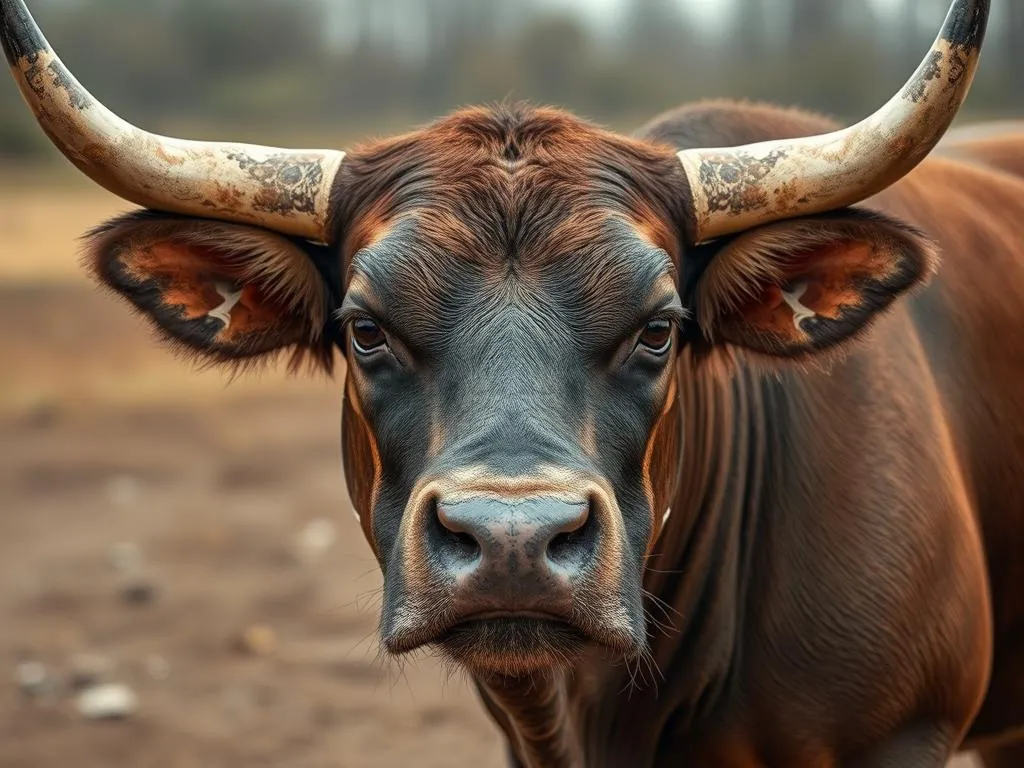
Introduction
Understanding different dog breeds is essential for any prospective pet owner. Each breed has its unique set of characteristics, making it crucial to find the right match for your lifestyle and preferences. Enter the Beabull: a delightful hybrid breed that has gained popularity among dog lovers for its charming demeanor and appealing looks. But what exactly is a Beabull, and why is this breed becoming a significant topic of discussion among canine enthusiasts?
The Beabull, a blend of the Beagle and Bulldog, embodies traits from both parent breeds, resulting in a unique canine companion that is both affectionate and spirited. In this article, we will explore the characteristics, care needs, and overall suitability of Beabulls, providing all the essential information you need to understand this wonderful breed.
Understanding Dog Breeds
What are Dog Breeds?
Dog breeds are specific classifications of dogs that share common characteristics, such as appearance, behavior, and temperament. Each breed comes with its own set of traits, which can significantly influence the experience of dog ownership. Understanding these traits is vital for selecting a breed that aligns with your lifestyle, preferences, and living conditions.
The History of Dog Breeding
The practice of breeding dogs dates back thousands of years, originating from the domestication of wolves. Over time, dogs were selectively bred for specific tasks, such as herding, hunting, guarding, and companionship. This selective breeding resulted in the diverse array of breeds we see today. The creation of hybrid breeds, like the Beabull, involves crossing two distinct breeds to combine desirable traits, often leading to a unique blend of characteristics and behaviors.
The Beabull: An Overview
Origin of the Beabull
The Beabull is a relatively new hybrid breed that emerged in the last few decades. By crossing the Beagle, known for its keen sense of smell and playful nature, with the Bulldog, recognized for its muscular build and gentle temperament, breeders aimed to create a dog that balances these contrasting qualities. This breed combines the best of both worlds, resulting in a loyal and playful companion.
Physical Characteristics
When it comes to physical attributes, Beabulls are compact and sturdy. Here are some key characteristics:
- Size and Weight: Generally, Beabulls weigh between 30 to 50 pounds and stand about 12 to 15 inches tall at the shoulder, making them a medium-sized breed.
- Coat Color and Texture: Their coat can vary widely in color, often showcasing combinations of brown, black, white, and fawn. The texture is usually short and smooth, requiring minimal grooming.
- Distinctive Features: One of the most notable features of a Beabull is its face, which often inherits the wrinkled expression of the Bulldog while maintaining the Beagle’s friendly eyes. Their ears are typically floppy and can vary in length.
Temperament and Behavior
The temperament of a Beabull is generally friendly, affectionate, and playful. Here are some traits that define their behavior:
- Social Behaviors: Beabulls tend to be social creatures, enjoying the company of humans and other pets. They thrive on interaction and require regular companionship to feel secure.
- Intelligence and Trainability: While they are intelligent, their Beagle heritage can sometimes lead to a stubborn streak. Early training and consistent reinforcement are crucial for successful obedience.
Care and Maintenance of Beabulls
Nutritional Needs
A balanced diet is vital for the health of your Beabull. Here are some guidelines:
- Recommended Diet: High-quality dog food that lists meat as the primary ingredient is ideal. Look for brands that cater to medium-sized breeds and consider their life stage—puppy, adult, or senior.
- Common Dietary Restrictions: Some Beabulls may be prone to allergies. Monitor their reactions to different foods, and consult your veterinarian if you notice any adverse effects.
Exercise Requirements
Beabulls are moderately active and require regular exercise to maintain their physical and mental health.
- Daily Exercise: Aim for at least 30 to 60 minutes of exercise daily. This can include walks, playtime in the yard, or engaging games.
- Suitable Activities: Activities such as fetch, agility training, or even swimming can keep your Beabull stimulated and happy.
Grooming Needs
While Beabulls have a relatively low grooming requirement, maintaining their coat and skin health is essential.
- Bathing Frequency: Bathe your Beabull every few months or as needed, especially if they get into something messy. Regular brushing can help minimize shedding.
- Maintenance of Coat and Skin Health: Regularly check their ears for dirt and wax buildup, as floppy ears can trap moisture and lead to infections.
Health Considerations
Like any breed, Beabulls may be prone to certain health issues.
- Common Health Issues: Potential concerns include hip dysplasia, respiratory problems due to their short snouts, and skin allergies.
- Regular Veterinary Check-Ups: Routine vet visits are essential for early detection and prevention of health problems.
Training a Beabull
Basic Commands and Obedience Training
Training a Beabull is essential for their development and your peace of mind.
- Importance of Early Training: Start training early to establish good habits. Socialization and basic commands such as “sit,” “stay,” and “come” are crucial.
- Effective Training Methods: Positive reinforcement techniques work best. Reward them with treats or praise for good behavior, and avoid harsh corrections.
Socialization Techniques
Socialization is key to raising a well-adjusted Beabull.
- Importance of Socialization: Expose your Beabull to various people, environments, and other animals to help them become more adaptable and less fearful.
- Recommended Socialization Activities: Consider puppy classes, dog parks, or organized playdates to enhance their social skills.
Dealing with Behavioral Issues
Behavioral challenges can arise, but they are manageable with the right approach.
- Common Behavioral Problems: Some Beabulls may exhibit separation anxiety or stubbornness.
- Tips for Correction and Prevention: Providing mental stimulation through toys and training can help mitigate these issues. Crate training can also offer a safe space for your dog when you are away.
Living with a Beabull
Ideal Living Conditions
The Beabull adapts well to different living environments.
- Best Environments: They do well in both homes and apartments, provided they receive enough exercise and mental stimulation.
- Indoor vs. Outdoor Living: While they enjoy outdoor play, Beabulls should primarily live indoors with their family to foster social bonds.
Compatibility with Families and Other Pets
Beabulls make excellent companions for families and other pets.
- Suitability for Families with Children: Their friendly demeanor makes them great with kids, but supervision is always recommended during playtime.
- Interaction with Other Dog Breeds and Pets: They typically get along well with other dogs and pets when properly socialized.
Cost of Ownership
Understanding the costs associated with owning a Beabull can help you prepare for pet ownership.
- Initial Costs: Adoption fees typically range from $250 to $500, depending on the source. Ensure you also budget for vaccinations, spaying/neutering, and initial supplies.
- Ongoing Expenses: Monthly costs can include high-quality dog food, grooming supplies, and routine veterinary visits, which can total around $100 to $200 per month.
Conclusion
The Beabull is a unique breed that brings together the best traits of its parent breeds—the Beagle and the Bulldog. With their friendly temperament, moderate exercise needs, and adaptability to various living conditions, Beabulls can be wonderful companions for families and individuals alike.
However, as with any breed, prospective owners should consider their specific needs and characteristics. Responsible pet ownership involves understanding the breed thoroughly and being prepared for the commitment involved in caring for a pet. By doing so, you’ll ensure a harmonious and fulfilling relationship with your Beabull.
FAQs about Beabulls
-
What is the lifespan of a Beabull?
The average lifespan of a Beabull is around 10 to 15 years, depending on their health and care. -
Are Beabulls hypoallergenic?
No, Beabulls are not considered hypoallergenic, as they shed fur and can produce allergens. -
How much do Beabulls typically weigh?
A typical Beabull weighs between 30 to 50 pounds, depending on individual genetics and diet. -
Are Beabulls good for first-time dog owners?
Yes, Beabulls can be suitable for first-time owners, provided they are committed to training and socialization.
Understanding the Beabull breed can lead to a rewarding and enriching experience for both you and your furry friend. Embrace the journey of pet ownership with knowledge and love!









